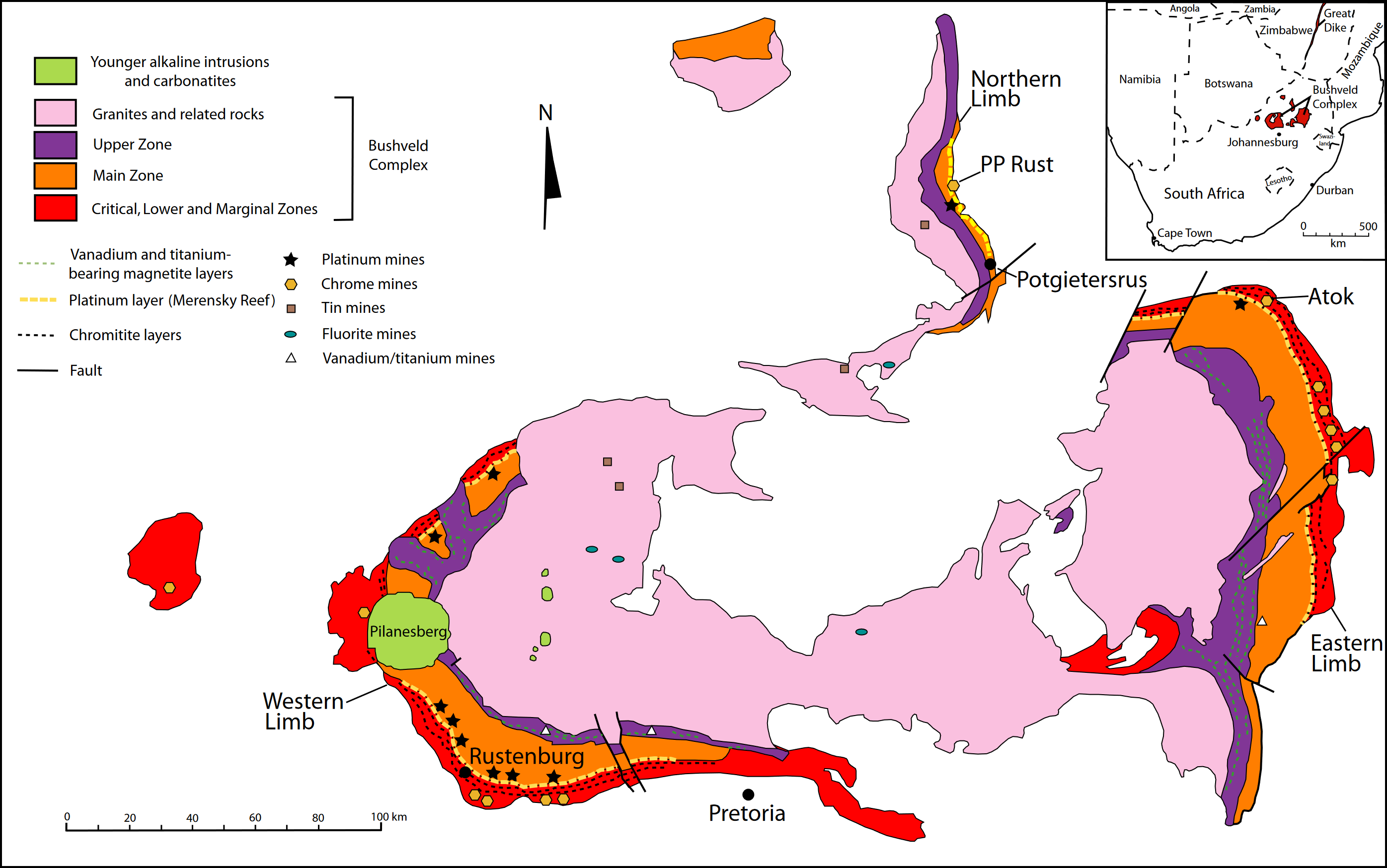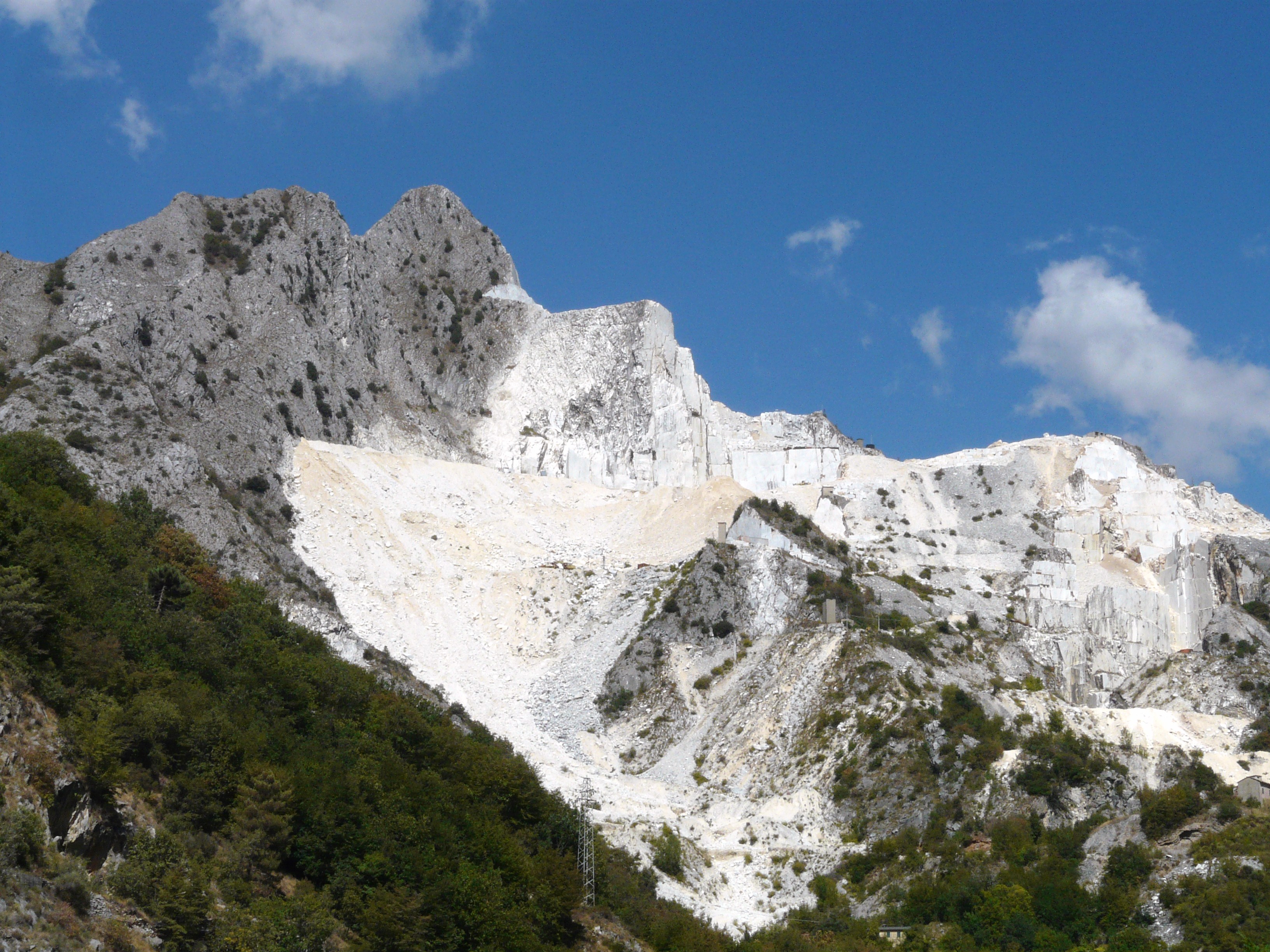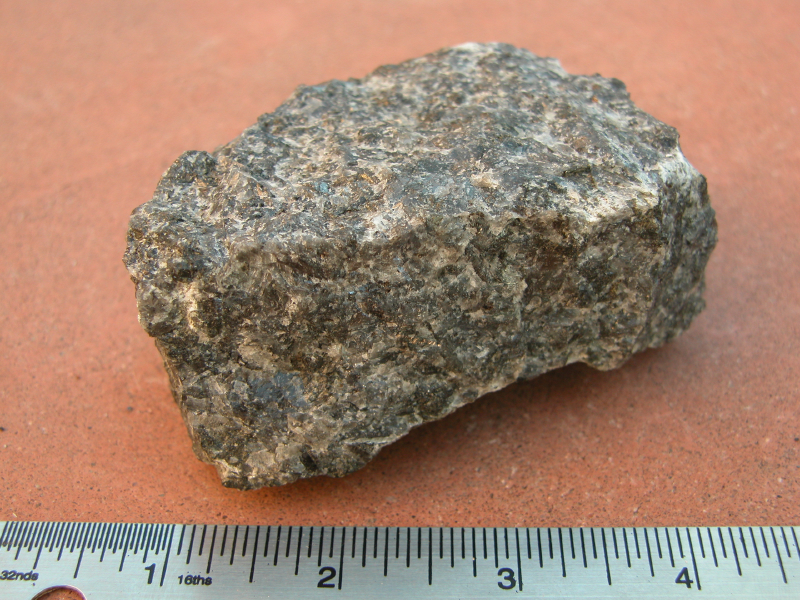|
Bushveld Complex
The Bushveld Igneous Complex (BIC) is the largest Layered intrusion, layered igneous intrusion within the Earth's Crust (geology), crust. It has been tilted and Erosion, eroded forming the outcrops around what appears to be the edge of a great Basin (geology), geological basin: the Transvaal Basin. It is approximately 2 billion years old and is divided into four different limbs: the northern, southern, eastern, and western limbs. The Bushveld Complex comprises the Rustenburg Layered suite, the Lebowa Granites and the Rooiberg Felsics, that are overlain by the Karoo sediments. The site was first discovered around 1897 by Gustaaf Molengraaff. Located in South Africa, the BIC contains some of the richest Ore, ore deposits on Earth. The complex contains the world's largest reserves of platinum-group metals (PGMs) or Platinum group, platinum group elements (PGEs)—platinum, palladium, osmium, iridium, rhodium, and ruthenium along with vast quantities of iron, tin, chromium, titanium a ... [...More Info...] [...Related Items...] OR: [Wikipedia] [Google] [Baidu] |
Bushveld Igneous Complex
The Bushveld Igneous Complex (BIC) is the largest layered igneous intrusion within the Earth's crust. It has been tilted and eroded forming the outcrops around what appears to be the edge of a great geological basin: the Transvaal Basin. It is approximately 2 billion years old and is divided into four different limbs: the northern, southern, eastern, and western limbs. The Bushveld Complex comprises the Rustenburg Layered suite, the Lebowa Granites and the Rooiberg Felsics, that are overlain by the Karoo sediments. The site was first discovered around 1897 by Gustaaf Molengraaff. Located in South Africa, the BIC contains some of the richest ore deposits on Earth. The complex contains the world's largest reserves of platinum-group metals (PGMs) or platinum group elements (PGEs)—platinum, palladium, osmium, iridium, rhodium, and ruthenium along with vast quantities of iron, tin, chromium, titanium and vanadium. These are used in, but not limited to, jewellery, automobiles and ... [...More Info...] [...Related Items...] OR: [Wikipedia] [Google] [Baidu] |
Iron
Iron () is a chemical element with symbol Fe (from la, ferrum) and atomic number 26. It is a metal that belongs to the first transition series and group 8 of the periodic table. It is, by mass, the most common element on Earth, right in front of oxygen (32.1% and 30.1%, respectively), forming much of Earth's outer and inner core. It is the fourth most common element in the Earth's crust. In its metallic state, iron is rare in the Earth's crust, limited mainly to deposition by meteorites. Iron ores, by contrast, are among the most abundant in the Earth's crust, although extracting usable metal from them requires kilns or furnaces capable of reaching or higher, about higher than that required to smelt copper. Humans started to master that process in Eurasia during the 2nd millennium BCE and the use of iron tools and weapons began to displace copper alloys, in some regions, only around 1200 BCE. That event is considered the transition from the Bronze Age to the ... [...More Info...] [...Related Items...] OR: [Wikipedia] [Google] [Baidu] |
Mantle (geology)
A mantle is a layer inside a planetary body bounded below by a core and above by a crust. Mantles are made of rock or ices, and are generally the largest and most massive layer of the planetary body. Mantles are characteristic of planetary bodies that have undergone differentiation by density. All terrestrial planets (including Earth), a number of asteroids, and some planetary moons have mantles. Earth's mantle The Earth's mantle is a layer of silicate rock between the crust and the outer core. Its mass of 4.01 × 1024 kg is 67% the mass of the Earth. It has a thickness of making up about 84% of Earth's volume. It is predominantly solid, but in geological time it behaves as a viscous fluid. Partial melting of the mantle at mid-ocean ridges produces oceanic crust, and partial melting of the mantle at subduction zones produces continental crust. Other planetary mantles Mercury has a silicate mantle approximately thick, constituting only 28% ... [...More Info...] [...Related Items...] OR: [Wikipedia] [Google] [Baidu] |
Transvaal Province
The Province of the Transvaal ( af, Provinsie van Transvaal), commonly referred to as the Transvaal (; ), was a province of South Africa from 1910 until 1994, when a new constitution subdivided it following the end of apartheid. The name "Transvaal" refers to the province's geographical location to the north of the Vaal River. Its capital was Pretoria, which was also the country's executive capital. History In 1910, four British colonies united to form the Union of South Africa. The Transvaal Colony, which had been formed out of the bulk of the old South African Republic after the Second Boer War, became the Transvaal Province in the new union. Half a century later, in 1961, the union ceased to be part of the Commonwealth of Nations and became the Republic of South Africa. The PWV (Pretoria-Witwatersrand- Vereeniging) conurbation in the Transvaal, centred on Pretoria and Johannesburg, became South Africa's economic powerhouse, a position it still holds today as Gauteng Pro ... [...More Info...] [...Related Items...] OR: [Wikipedia] [Google] [Baidu] |
Impala Black Granite (gabbronorite) Bushveld Complex
The impala or rooibok (''Aepyceros melampus'') is a medium-sized antelope found in eastern and southern Africa. The only extant member of the genus '' Aepyceros'' and tribe Aepycerotini, it was first described to European audiences by German zoologist Hinrich Lichtenstein in 1812. Two subspecies are recognised—the common impala, and the larger and darker black-faced impala. The impala reaches at the shoulder and weighs . It features a glossy, reddish brown coat. The male's slender, lyre-shaped horns are long. Active mainly during the day, the impala may be gregarious or territorial depending upon the climate and geography. Three distinct social groups can be observed: the territorial males, bachelor herds and female herds. The impala is known for two characteristic leaps that constitute an anti-predator strategy. Browsers as well as grazers, impala feed on monocots, dicots, forbs, fruits and acacia pods (whenever available). An annual, three-week-long rut takes plac ... [...More Info...] [...Related Items...] OR: [Wikipedia] [Google] [Baidu] |
Chromitite Bushveld South Africa
Chromitite is an igneous cumulate rock composed mostly of the mineral chromite. It is found in layered intrusions such as the Bushveld Igneous Complex in South Africa, the Stillwater igneous complex in Montana and the Ring of Fire discovery in Ontario. Chromitite typically forms as orthocumulate layered lenses in peridotite rocks, at times intergrown with other oxides such as magnetite and ilmenite, and silicates such as olivine, pyroxene, plagioclase feldspar (mainly anorthite), and garnet crystals. The chromium rich garnet uvarovite forms in interbedded layers with chromitite. Chromitite is the main economic source for the mining of chromite and subsequent source of the metal chromium Chromium is a chemical element with the symbol Cr and atomic number 24. It is the first element in group 6. It is a steely-grey, lustrous, hard, and brittle transition metal. Chromium metal is valued for its high corrosion resistance and hardne .... References *Guilbert, John M. and C ... [...More Info...] [...Related Items...] OR: [Wikipedia] [Google] [Baidu] |
Merensky Reef
The Merensky Reef is a layer of igneous rock in the Bushveld Igneous Complex (BIC) in the North West, Limpopo, Gauteng and Mpumalanga provinces of South Africa which together with an underlying layer, the Upper Group 2 Reef (UG2), contains most of the world's known reserves of platinum group metals (PGMs) or platinum group elements (PGEs)—platinum, palladium, rhodium, ruthenium, iridium and osmium. The Reef is 46 cm thick and bounded by thin chromite seams or stringers. The composition consists predominantly of cumulate rocks, including leuconorite, anorthosite, chromitite, and melanorite. Composition The UG2 Reef, the composition of which is relatively consistent throughout the BIC, is rich in chromite. However, the UG2 Reef lacks the Merensky's gold, copper and nickel by-products, though its reserves may be almost twice those of the Merensky Reef. Overall, the Merensky Reef is observed to be a lower layer composed of anorthosite or norite with a thin layer of chromitite ... [...More Info...] [...Related Items...] OR: [Wikipedia] [Google] [Baidu] |
Dimension Stone
Dimension stone is natural stone or rock that has been selected and finished (e.g., trimmed, cut, drilled, ground, or other) to specific sizes or shapes. Color, texture and pattern, and surface finish of the stone are also normal requirements. Another important selection criterion is durability: the time measure of the ability of dimension stone to endure and to maintain its essential and distinctive characteristics of strength, resistance to decay, and appearance. Quarries that produce dimension stone or crushed stone (used as construction aggregate) are interconvertible. Since most quarries can produce either one, a crushed stone quarry can be converted to dimension stone production. However, first the stone shattered by heavy and indiscriminate blasting must be removed. Dimension stone is separated by more precise and delicate techniques, such as diamond wire saws, diamond belt saws, burners (jet-piercers), or light and selective blasting with Primacord, a weak explosive ... [...More Info...] [...Related Items...] OR: [Wikipedia] [Google] [Baidu] |
Quarry
A quarry is a type of open-pit mining, open-pit mine in which dimension stone, rock (geology), rock, construction aggregate, riprap, sand, gravel, or slate is excavated from the ground. The operation of quarries is regulated in some jurisdictions to reduce their environmental impact. The word ''quarry'' can also include the underground quarrying for stone, such as Bath stone. Types of rock Types of rock extracted from quarries include: *Chalk *China clay *Scoria, Cinder *Clay *Coal *Construction aggregate (sand and gravel) *Coquina *Diabase *Gabbro *Granite *Gritstone *Gypsum *Limestone *Marble *Ores *Phosphate rock *Quartz *Sandstone *Slate *Travertine Stone quarry Stone quarry is an outdated term for mining construction rocks (limestone, marble, granite, sandstone, etc.). There are open types (called quarries, or open-pit mines) and closed types (Mining, mines and caves). For thousands of years, only hand tools had been used in quarries. In the 18th century, th ... [...More Info...] [...Related Items...] OR: [Wikipedia] [Google] [Baidu] |
Norite
Norite is a mafic intrusive igneous rock composed largely of the calcium-rich plagioclase labradorite, orthopyroxene, and olivine. The name ''norite'' is derived from ''Norge'', the Norwegian name for Norway. Norite also known as orthopyroxene gabbro. Norite may be essentially indistinguishable from gabbro without thin section study under the petrographic microscope. The principal difference between norite and gabbro is the type of pyroxene of which it is composed. Norite is predominantly composed of orthopyroxenes, largely high magnesian enstatite or an iron bearing intermediate hypersthene. The principal pyroxenes in gabbro are clinopyroxenes, generally medially iron-rich augites. Norite occurs with gabbro and other mafic to ultramafic rocks in layered intrusions which are often associated with platinum orebodies such as in the Bushveld Igneous Complex in South Africa, the Skaergaard igneous complex of Greenland, and the Stillwater igneous complex in Montana. Norite is ... [...More Info...] [...Related Items...] OR: [Wikipedia] [Google] [Baidu] |
Gabbro
Gabbro () is a phaneritic (coarse-grained), mafic intrusive igneous rock formed from the slow cooling of magnesium-rich and iron-rich magma into a holocrystalline mass deep beneath the Earth's surface. Slow-cooling, coarse-grained gabbro is chemically equivalent to rapid-cooling, fine-grained basalt. Much of the Earth's oceanic crust is made of gabbro, formed at mid-ocean ridges. Gabbro is also found as plutons associated with continental volcanism. Due to its variant nature, the term ''gabbro'' may be applied loosely to a wide range of intrusive rocks, many of which are merely "gabbroic". By rough analogy, gabbro is to basalt as granite is to rhyolite. Etymology The term "gabbro" was used in the 1760s to name a set of rock types that were found in the ophiolites of the Apennine Mountains in Italy. It was named after Gabbro, a hamlet near Rosignano Marittimo in Tuscany. Then, in 1809, the German geologist Christian Leopold von Buch used the term more restrictively in ... [...More Info...] [...Related Items...] OR: [Wikipedia] [Google] [Baidu] |

_Bushveld_Complex.jpg)






